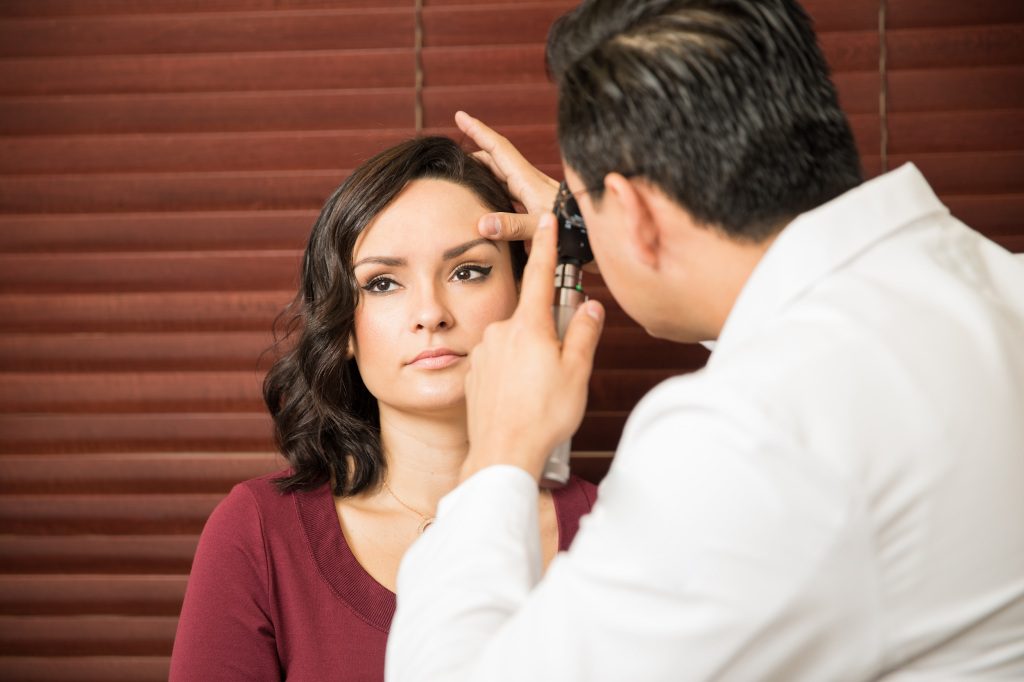If you are planning to visit an optometrist, then you might be anxious to know what happens in an optometrist’s clinic. It would be a wrong assumption to take for granted that an eye specialist checks only eye power, that is your capability of reading or identifying far drawn letters. An eye doctor offers much more that, a complete, complex and deep delving treatment for your vision which might encompass digital analysis of tiny eye blood vessels, retina, vision angle check, etc. When you book an appointment with a doctor even if you are not certain how your doctor will proceed with a check up it is always good to have an idea, what to expect in a session with your optometrist, the kind of eye tests from professional optometrists, etc. so, in this article, you will come across some of the simple and complex eye examinations recommended by an eye specialist.
Color Blindness Test
An optometrist tries to detect all the vision deficiencies along with your eye problems, and color blindness check is performed to detect if you are capable of distinguishing between colors and have a clarified vision of each color. The factors which can be detected and considered in this test include hereditary deficiencies of color detection, stage of color vision problem, etc.
Patch/Cover Test
This is one of the most common vision tests, which allows your optometrist to understand vision error problem. In this test, one eye is covered at a time allowing the patient to focus on a small object kept across the room with one eye. Again, the test is repeated with another eye. Through this test a doctor tries to analyze whether the open eye is moving or is stagnant to catch up with vision of the focus target and through which binocular vision, or strabismus, amblyopia is commonly detected.
Visual Acuity Test
The most common eye tests from professional optometrists, invariably includes visual acuity test where the patient is made to read out from an acuity chart having letters of different size. This reading is purposed to measure the distance visual acuity. The projected chart is kept at different distances, as required, either close or far to measure the distance visual acuity of the patient.
Stereopsis Test
Stereopsis is the eye coordination capacity through which your doctor detects the patient’s depth perception capacity through which one can understand the three-dimensional aspects of an object. There are specially encrypted booklets to perform this test and as a patient you need to wear a 3D glass and read out that especially designed booklet with different shapes, letters, etc. This booklet comes with exclusive circle shapes which needs to be detected by perceiving the depth of the image.
Ocular Motility Test
In vision testing, an optometrist should understand if your eye can move quickly, slowly following a certain motion with a targeted object. In ocular motility testing, it is tested whether you can fixate your vision on two different objects. According to a target object your retina or lens needs to retract or expand in order to offer the best vision, again your lenses need to have enough mobility to quickly follow a moving object. These are all part of vision. In eye tests from professional optometrists, an ocular motility test you need to go through the test for both pursuit of a vision and your promptness of vision. Issues with proper eye movement often leads to common complaints of blurry vision, headaches, stress and strain, etc.
The first and foremost thing to know and understand even before knowing about eye tests is that you should not keep any eye problem waiting, whether it is headache or strained eyes visit an optometrist right away.


